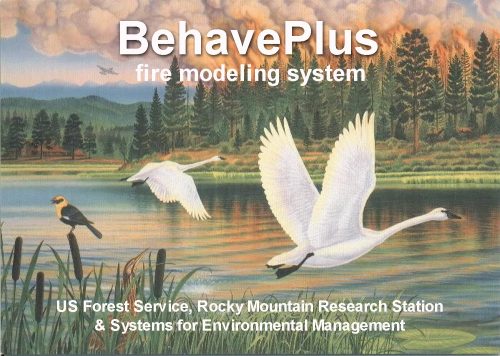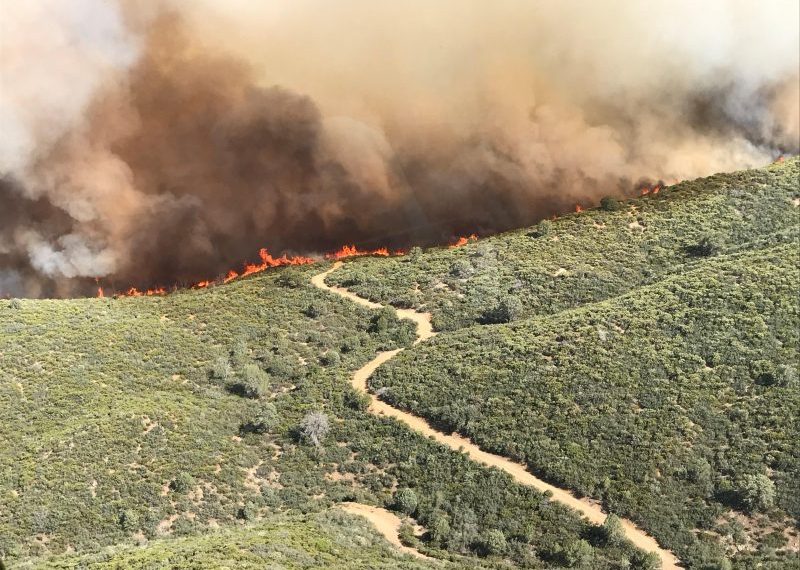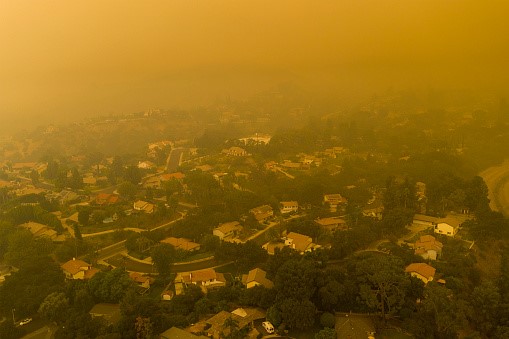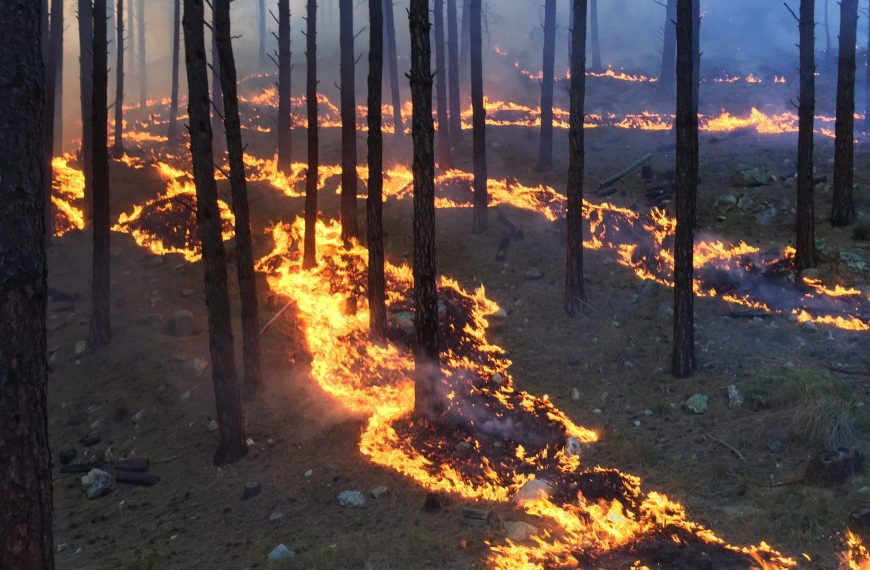Date: Wednesday, May 9, 2018 12pm MDT (11am AZ)
Presenters: Faith Ann Heinsch, S&K Global Solutions, RMRS Missoula Fire Lab
In the webinar, Faith Ann…
- briefly described major changes from version 5 to version 6
- showed sample Runs demonstrating these changes
- provided suggestions for calculating surface fire behavior using BehavePlus v6
- described how changes in BehavePlus affect NWCG courses that use this program (e.g., S-490; RX-301/341)
- provided ways to get additional information
Click here to view a recording of this webinar.
BehavePlus continues to be one of the most widely used fire behavior modeling systems in the U.S. We are pleased to announce the release of BehavePlus version 6 Beta, available on FRAMES. This version includes improved estimates of both flanking fire behavior and probability of containment. New features include calculations of crown fire behavior using the method by Scott and Reinhardt (2005), spotting distance from active crown fire, and probability of mortality for longleaf pine. A complete list of changes is located in BehaveplusUpdates V6 Changes.pdf. Please send questions and feedback regarding version 6 to Faith Ann Heinsch, Development Lead (faheinsch@fs.fed.us; 406-829-7342). The IIA Help Desk will continue to assist with questions related to version 5.0.5. Download the PDF with update information as well as websites to stay updated.
Note: Significant changes were made to the SURFACE module related to direction of fire spread. Lessons about these changes are available. The overview lesson demonstrates all of the changes made in version 6. Additional lessons provide more in depth analysis.
The four introductory lessons have been updated for new users. All other lessons are being updated and will be posted to the training page as they are completed. Existing publications, including the Features Paper, are also being updated.
Full information about this release is available on FRAMES. Updates regarding bug fixes and other changes will be sent via this email list. Updated Known Bugs and FAQs can be downloaded from the website.
This webinar was co-sponsored by the Southwest Fire Science Consortium, Northern Rockies Fire Science Network, Southern Rockies Fire Science Network, Northwest Fire Science Consortium, California Fire Science Consortium, Great Basin Fire Science Exchange, and Great Plains Fire Science Exchange.







